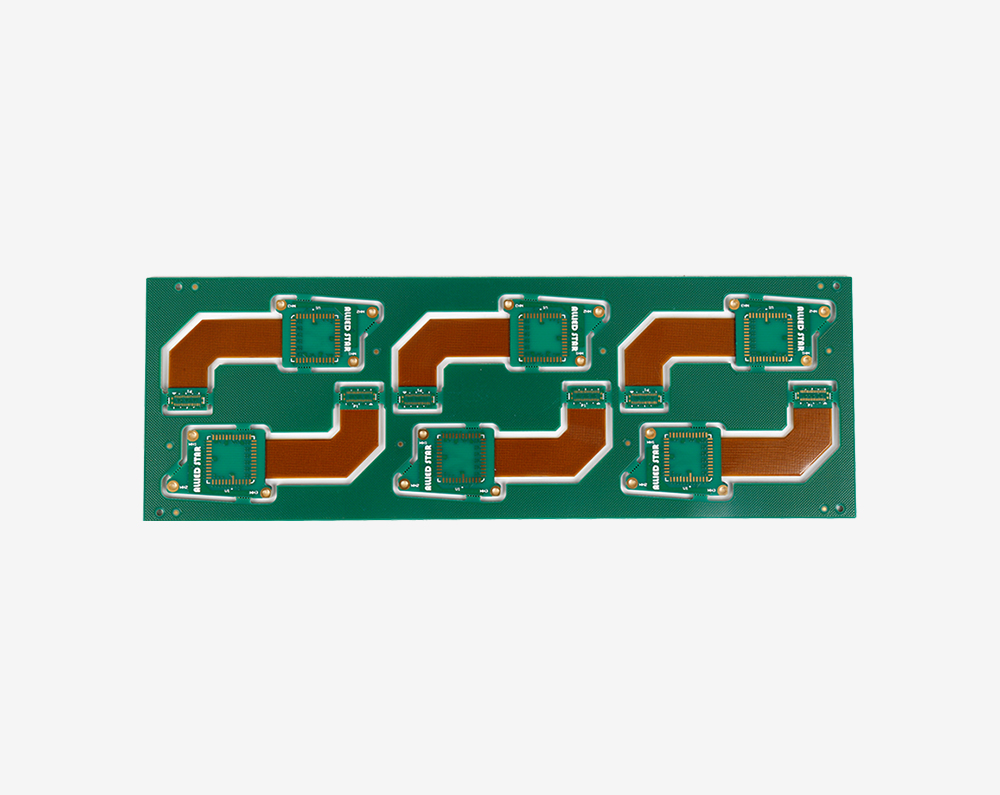Time:2023-06-14Views:
The combustion of materials, also known as flame retardability, self -extinguishing flame resistance, difficulty in combustion, fire resistance, combustion resistance, etc. It is the ability to evaluate the material to resist and combust the combustion.
The sample of burning materials is ignited with the required flames, and the flames are removed after the specified time. The combustion level is evaluated according to the degree of combustion of the sample. The sample level is placed as a horizontal test method, which is divided into FH1, FH2 , FH3 Level 3, the sample is placed vertically to be vertical test method, which is divided into FV0, FV1, VF2 level.

The solid PCB board is divided into HB board and V0 board.
HB board is low -flame retardant, and is mostly used for single -plan panels.
VO board is highly flame retardant, and is mostly used for double panels and multi -layer boards
This type of PCB board that meets the requirements of V-1 fire prevention level has become FR-4 board.
V-0, V-1, V-2 are the fire level.
The circuit board must be flamored, and it cannot be burned at a certain temperature. It can only be softened. At this time, the temperature point is called the glass conversion temperature (T). This value is related to the size stability of the PCB board.
What is the advantages of high TG PCB circuit board and the use of high TG PCB?
When the temperature of the high TG printed board rises to a certain area, the substrate will be transformed from "glass state" to "rubber state". At this time, the temperature is called the glass temperature (TG) of the board. In other words, TG is the warmth of the substrate.

